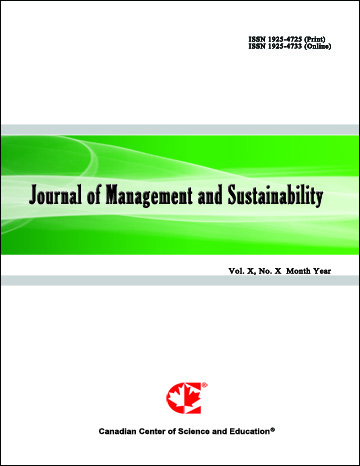Dynamic Strategies and Management of Focusing Devices
- Tsutomu Harada
Abstract
This paper examines how dynamic strategies and underlying focusing devices lead to dynamic competitive advantage. Our methodology is an analysis based on the simple mode of focusing device and innovation. We show that quality-improving and cost-reducing strategies are facilitated under a productivity-based pricingscheme, while a hybrid strategy is favoured by having a marginal productivity-based pricing scheme as the underlying focusing device of innovation. We also argue that a hybrid strategy achieves dynamic efficiency, so that cost-reducing and quality-improving strategies should converge towards ahybrid strategy over time, to attain dynamic competitive advantage. The implications of these results are threefold. First, the firm should determine the appropriate direction of innovationtrajectories, rather than a competitive position. Second, the firm should identify its current focusing device and examine whether it is congruent with the desired dynamic strategy. Third, over the long term, the firm should adopt a hybrid strategy. The value of this paper is significant as it provides the formal model of dynamic strategies.
- Full Text:
 PDF
PDF
- DOI:10.5539/jms.v4n2p22
Journal Metrics
Google-based Impact Factor (2021): 1.54
h-index (July 2022): 37
i10-index (July 2022): 147
h5-index (2017-2021): 12
h5-median (2017-2021): 19
Index
- Academic Journals Database
- ANVUR (Italian National Agency for the Evaluation of Universities and Research Institutes)
- CAB Abstracts
- CNKI Scholar
- EconBiz
- Excellence in Research for Australia (ERA)
- GETIT@YALE (Yale University Library)
- Harvard Library
- HeinOnline
- Infotrieve
- JournalTOCs
- LOCKSS
- MIAR
- PKP Open Archives Harvester
- RePEc
- Scilit
- SHERPA/RoMEO
- Stanford Libraries
- UCR Library
Contact
- Evelyn XiaoEditorial Assistant
- jms@ccsenet.org
